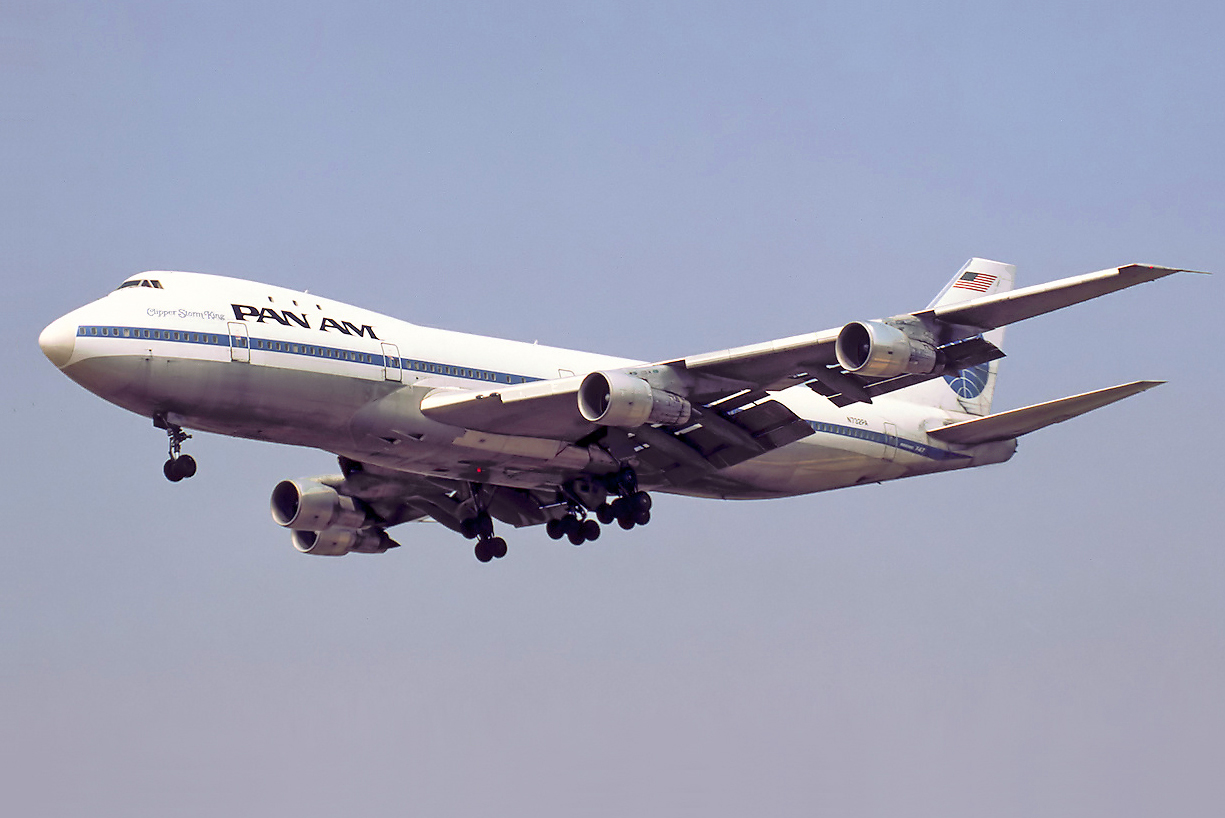Flight Operations
- Review Aerodynamics & Airplane Systems
- 1.1Explain the four forces which act on an airplane in flight
- 1.2Explain the angle of attack- Commercial Pilot-Aerodynamics and Performance
- 1.3Explain the basics of Aerodynamics
- 1.4Explain drag
- 1.5Explain thrust, stability, and center of gravity
- 1.6Explain weight and balance
- 1.7Demonstrate knowledge of aircraft components
- Pressure, Temperature & Density
- Weather
- 3.1Identify and explain the structure of the earth’s layers of the atmosphere, and become knowledgeable of the history of the study of meteorology
- 3.2Describe atmospheric conditions using appropriate weather terminology
- 3.3Demonstrate an understanding of frontal systems
- 3.4Demonstrate an understanding of wind speed, temperature, pressure & dew point
- 3.5Employ meteorological terminology and coding procedures
- 3.6Identify air masses and monitor daily weather phenomena
- 3.7Demonstrate an understanding of synoptic weather structure
- Weather Forecasting
- Weather Hazards
- Weather Tools
- IFR
- IFR
- IFR Navigation
Weather Tools
Understanding METARs in Aviation

Human activity involving mechanical flight in atmosphere.
METARs, or Meteorological Aerodrome Reports, are concise statements of the current weather conditions at an airport or aerodrome. They are crucial for pilots, air traffic controllers, and meteorologists in making informed decisions about flight operations. This unit will provide a comprehensive understanding of how to read and interpret METARs.
What is a METAR?
A METAR is a standardized format for reporting current weather conditions. It includes information about temperature, dew point, wind speed and direction, visibility, atmospheric pressure, and significant weather phenomena such as rain, fog, or thunderstorms.
Structure of a METAR
A typical METAR report might look something like this: METAR KATL 121753Z 33015G25KT 1/2SM R09/2600FT TSRA OVC010CB 18/16 A2992 RMK AO2 PK WND 32032/25 WSHFT 45 FROPA FRQ LTGICCCCG TS OHD MOV NE T01780156
This might seem like a random string of numbers and letters, but each segment has a specific meaning. Here's a breakdown:
METAR: This indicates that the report is a routine weather report. If it were a special weather report, it would saySPECI.KATL: This is the station identifier. In this case, it's Hartsfield-Jackson Atlanta International Airport.121753Z: This is the day of the month and the time (in Zulu time, or GMT) that the observation was made.33015G25KT: This indicates the wind direction and speed. The wind is coming from 330 degrees at 15 knots, with gusts up to 25 knots.1/2SM: This is the visibility, in statute miles. In this case, it's half a mile.R09/2600FT: This is runway visual range (RVR), which is the distance a pilot can see down the runway. In this case, it's 2600 feet on runway 9.TSRA: This indicates significant weather phenomena. In this case, it's a thunderstorm with rain.OVC010CB: This is the sky condition. In this case, it's overcast with cumulonimbus clouds at 1000 feet.18/16: This is the temperature and dew point, in degrees Celsius.A2992: This is the atmospheric pressure, in inches of mercury.RMK: This indicates that the following information is remarks.AO2 PK WND 32032/25 WSHFT 45 FROPA FRQ LTGICCCCG TS OHD MOV NE T01780156: These are various remarks about the weather conditions.
Interpreting METARs
Interpreting METARs is a crucial skill for anyone involved in aviation. It allows you to understand the current weather conditions at a glance, which can help you make informed decisions about flight operations.
In this unit, you will learn how to interpret each segment of a METAR, and you will have the opportunity to practice interpreting METARs through practical exercises.
By the end of this unit, you should be able to read and interpret a METAR with confidence, allowing you to make informed decisions about flight operations based on the current weather conditions.